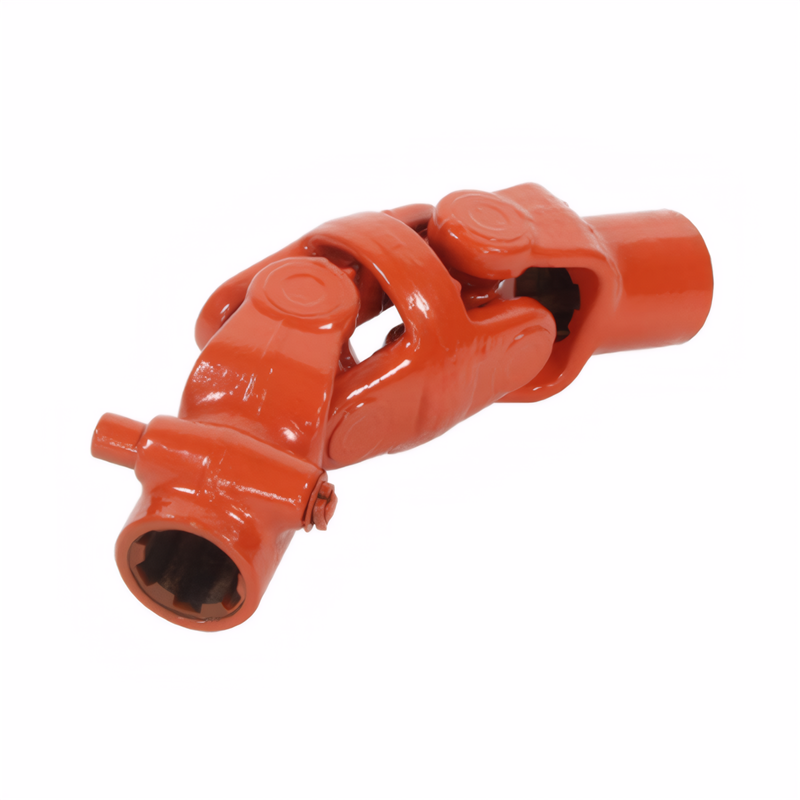The regular lubrication cycle of the drive shaft
Optimal Lubrication Intervals for Drive Shafts
Drive shaft lubrication schedules vary based on operating conditions and component design. Implementing proper maintenance intervals ensures reliable power transmission and extends component lifespan.
Standard Lubrication Frequency
For most passenger vehicles operating under normal conditions, drive shaft lubrication should occur every 10,000 kilometers or annually, whichever comes first. This interval accommodates typical urban and highway driving patterns while maintaining adequate lubrication film strength.
Seasonal Lubricant Selection
- Cold climates: Use 2# lithium-based grease with lower viscosity for easier cold-weather flow
- Hot climates: Select 3# lithium-based grease with higher temperature stability
- Mixed conditions: Synthetic greases offer broader operating temperature ranges (-40°C to 150°C)
The grease should meet NLGI Grade 2 consistency requirements for optimal adhesion and water resistance.
Intensive Usage Scenarios
Vehicles subjected to severe operating conditions require more frequent lubrication:
High-Mileage Vehicles
- Commercial transport vehicles: Lubricate every 5,000 kilometers
- Delivery vehicles with frequent stop-and-go driving: Lubricate every 8,000 kilometers
- Off-road vehicles: Inspect and lubricate after each off-road excursion
Environmental Factors
- Dusty environments: Clean components thoroughly before lubrication
- Wet conditions: Apply water-resistant grease and increase frequency to 5,000-kilometer intervals
- Extreme temperatures: Shorten intervals by 30% in sustained below-freezing or above-40°C conditions
Component-Specific Requirements
Different drive shaft configurations demand tailored maintenance approaches:
Telescopic Drive Shafts
- Lubricate splined sections every 10,000 kilometers
- Verify proper grease distribution through complete shaft extension/retraction cycles
- Inspect protective boots for cracks or leaks during each service
Constant Velocity Joints
- Front-wheel-drive vehicles: Lubricate CV joints every 15,000 kilometers
- Check for grease leakage around rubber boots
- Replace damaged boots immediately to prevent joint contamination
Universal Joint Maintenance
- Inspect needle bearings for play during each lubrication service
- Replace U-joints showing more than 0.5mm of axial movement
- Lubricate slip yokes every oil change interval (5,000-8,000 kilometers)
Proper lubrication prevents premature wear of drive shaft components. Regular inspection during lubrication services enables early detection of potential issues like misalignment, bearing wear, or balance problems.
 The inspection method for the
The inspection method for the
 Symptoms of wear of the univer
Symptoms of wear of the univer
 Analysis of the Causes of Abno
Analysis of the Causes of Abno
 The ability of the drive shaft
The ability of the drive shaft
 简体中文
简体中文 English
English
